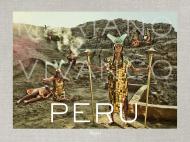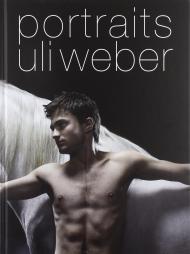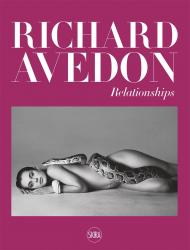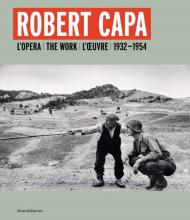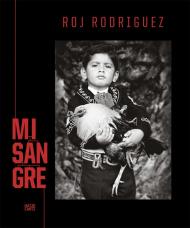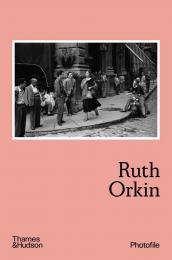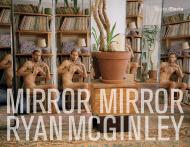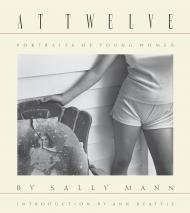Historians, art-lovers, and the fashion-conscious will be united in their love of this sumptuous and well-researched history of Mariano Vivanco’s motherland.
Peru by Mariano Vivanco is a once-in-a-lifetime project in which the photographer uses his love of imagery, history, and fashion alike to create a truly remarkable body of work. Vivanco takes readers through a personal journey depicting the history and folklore of his beloved country, Peru, through various photo essays. Vivanco has chosen to tell the story chronologically starting from the first pre-Columbian Inca civilization, Caral. This then passes through Moche, Nazca, where he photographed geo-glyphs from an airplane, to the Chimu civilization leading up to the Inca Empire. The Peruvian jungle served as the inspiration through its mythologies: El Bufeo Colorado, El Chullachaqui, and the Devil of the Red Flora to name a few. Vivanco also explored religious saints, Santa Rosa and San Martin De Porres, as well as rebellion leader Tupac Amaru II and his wife Micaela Bastidas.
About the Author:
Mariano Vivanco travelled the world with his family from a very early age, before eventually settling down in New Zealand at the age of ten. This is where his passion for art and photography began. Inspired by the scenes depicted in the works of Edward Steichen and Horst P. Horst, Vivanco moved to London in the year 2000 to pursue a career in fashion photography, with his first shoot ending up on the cover of Harper’s Bazaar. Jorge Villacorta is a Peruvian art critic and independent curator with a strong interest in contemporary visual arts. He was awarded the medal for Merit as cultural agent, by the Ministry of Culture of Peru, in 2013. His Excellency Ambassador Juan Carlos Gamarra is the Ambassador of Peru in London UK.
